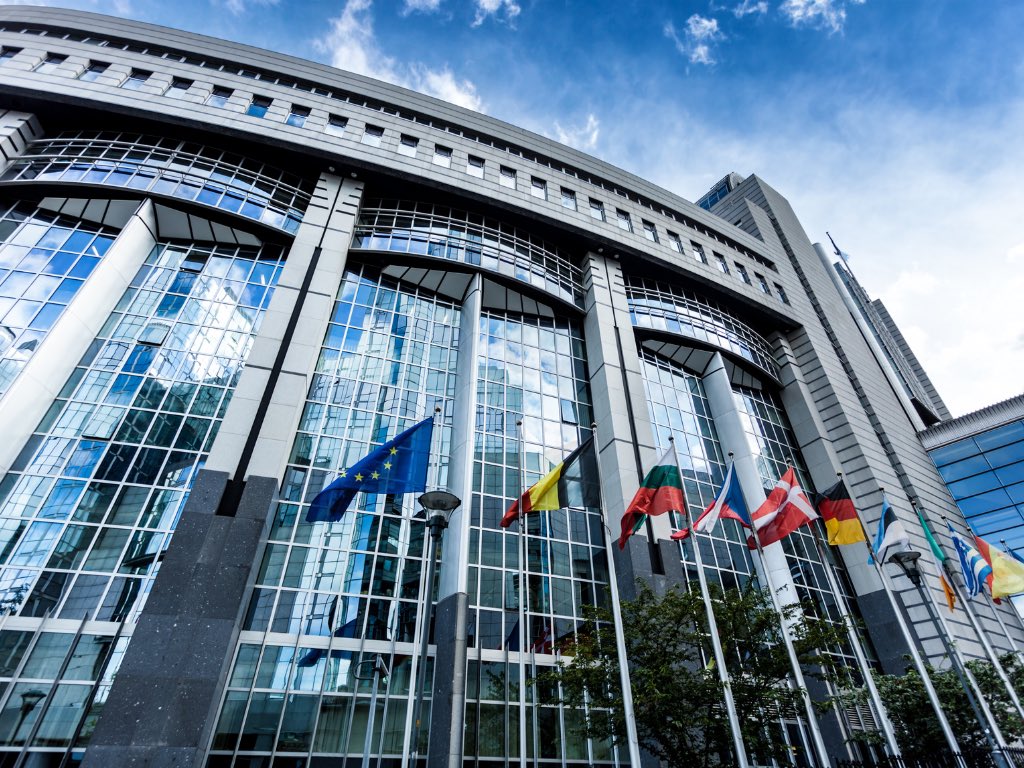
The European Commission adopted on Monday its proposal for fishing quotas in the Baltic Sea for 2024. The EC refers to a scientific assessment that indicates that several fisheries are in a dire situation. The problem is that a dozen or so years ago, despite the opposition of fishermen, it let industrial fishing vessels into the Baltic Sea, which led to an ecological disaster in the Baltic Sea. So far, no EU official has been held accountable for this.
The Commission has proposed total allowable catches (TACs) and quotas for three of the ten managed stocks in the Baltic Sea. Other quota proposals will be decided at a later stage. The Commission proposes to increase fishing opportunities for salmon in the Gulf of Finland by 7%, while proposing to reduce salmon catches in the main basin by 15% and reduce herring catches in the Gulf of Riga by 20%.
“I am increasingly worried about the effects of the Baltic Sea ecosystem’s degradation on fish stocks and the multiple food chains that depend on them,” said Environment Commissioner Virginijus Sinkevicius. He added that the EU needed to take action “so that local fishers can again rely on healthy fish stocks for their livelihoods”.
The problem is that for years the EC scrupulously controlled small fishing vessels, which constitute the majority of the Polish fishing fleet, while powerful industrial shipping vessels from Sweden and Denmark fished everything that was alive from the Baltic Sea in a completely uncontrolled way. As a result, to this day there is a lack of fish, and thus – prospects for the revival of the fishing fleet. It seems a mockery that the EC is now blaming the lack of fish in the Baltic Sea on… environmental pollution.
The official press release states that the current situation is difficult for fishermen as formerly important commercial stocks (Western and Eastern cod, Western, Central and Bothnian herring and Southern Baltic and river salmon) are under additional pressure, especially as a result of habitat loss due to environmental degradation both in inland waters and in the Baltic Sea itself. There is no mention of industrial fishing vessels there.
Scientists cited by the EC estimate that since the beginning of the 1990s the size of the herring stock in the central Baltic has been close to or below the minimum level. Thus, when allowing industrial fishing vessels, EU officials must have been aware of the catastrophe that would be caused by fishing that lasted well over 15 years. Effect? The size of the Bothnian herring stock has fallen below healthy levels due to fewer juveniles and smaller sizes of older fish. The Commission has proposed to close the targeted fisheries for both stocks and to maintain the targeted fisheries for cod, western herring and salmon in most of the main basin.
The Commission states that the proposed TACs are based on the best available scientific advice from ICES and are in line with the Multiannual Management Plan for the Baltic Sea adopted in 2016 by the European Parliament and the Council. The fact is that the Baltic Sea is the most polluted sea in Europe. Biodiversity loss, climate change, eutrophication, overfishing and increased levels of pollutants such as pharmaceuticals and garbage contribute to this. Let’s be honest, however, this overfishing was not done by small boats, but by huge industrial fishing vessels as part of the management of the Baltic Sea by EU institutions.
Anna Wiejak
